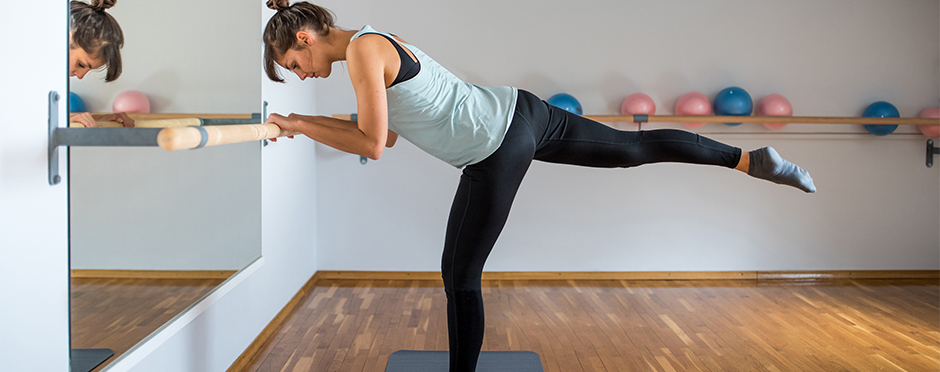
Correction of Muscle Imbalances for Gymnasts and Cheerleaders
1 CommentMost people agree that gymnasts and cheerleaders must be very strong and flexible. Although each athlete is different, patterns of tightness and weakness are often found when screening gymnasts and cheerleaders. As with many sports, some muscles will become naturally stronger and more flexible, while others will be weaker and tighter due to the positioning of the skills practiced. Correction of these muscle imbalances is important to enhance skill level and prevent injury.
- Do you love standing with an arch in your low back? Is it difficult for you to maintain a hollow hold position for more than a few seconds? This is common, and a sign that some of the abdominal muscles are weak. You have many layers of abdominal muscles including rectus abdominis (six pack muscles), obliques, and deep underneath, the transverse abdominis. Often the deeper muscles are what lack strength in the gymnast/cheerleader. To address this problem, begin working on your abs starting with easier exercises and progressing to harder ones. Many conditioning programs focus on hard level core strengthening and the athlete has to substitute using other muscles, while the deeper muscles are not working well. Go back to the basics and work your intensity level back up once you have mastered each level. If your low back comes up off the floor and you cannot correct it, you are not ready for that exercise yet.



- Gymnasts and cheerleaders often stand with the toes turned outward. Standing with your toes turned outward may mean that your calves or hip flexors are tight. The hip flexors sit at the very front of the hip and pull your legs forward and up toward your head. Stretching your hip flexors by working on your splits the correct way, with the top of your back foot turned under, can reduce strain on your low back and help prevent injury. For a review on stretching your splits correctly click on this video link here or visit our YouTube page.
- These sports often focus on squeezing your legs together to keep your body tight. When your legs are not tightly pressed together and you are in a straddle position, you
 are often turned out at the hips. This can lead to weakness of your hip abductors, which is a big contributor of knee pain in gymnasts and cheerleaders. When strengthening the hip abductor muscles that sit on the sides of your hips, be sure to keep your toes forward, leading with the side of your foot and not with your toes. Many gymnasts and cheerleaders that come to the clinic have difficulty lifting their leg up and down while on their side against a wall correctly secondary to weakness.
are often turned out at the hips. This can lead to weakness of your hip abductors, which is a big contributor of knee pain in gymnasts and cheerleaders. When strengthening the hip abductor muscles that sit on the sides of your hips, be sure to keep your toes forward, leading with the side of your foot and not with your toes. Many gymnasts and cheerleaders that come to the clinic have difficulty lifting their leg up and down while on their side against a wall correctly secondary to weakness.
Muscle imbalances are very common in the sports of gymnastics and cheerleading and may lead to injury. Athletico has many gymnastics and cheerleading specialists in the company with numerous years of experience not only in treatment, but also in these sports themselves. We want to keep you or your athletes healthy and in the gym. If you are having some pain contact us at Gymcheer@athletico.com to find a gymnastics or cheerleading specialist near you.
If you are a coach, our specialists may be able to come out to your gym for preseason musculoskeletal screenings. Preseason screens help identify muscle strengths and imbalances in your athletes, and provide them with a few exercises to address each athlete’s individual needs. If interested please contact us at the email address above.
Thanks for reading the blog and have a FLIPtabulous day!

1 Comment
William
Thank you! Exactly what I needed to read.I’m currently doing SMR foam rolling weekly to try to loosen up my muscles.
My question is
– What would be your recommended remedy for inflexibility.
– How much of the tightness is due to running – steady state.